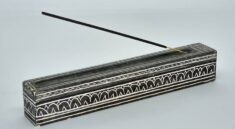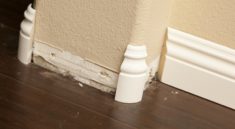A smile is a natural mood enhancer, whether given or received, but if you keep those lips shut because of a missing tooth, you miss out on so much more.
Losing a tooth may result from an injury, gum disease, genetics or severe tooth decay, but the result is the same; you don’t want anyone to know about it. You avoid social situations where you have to converse or smile, which affects your self-esteem. Do you want to get it fixed and show off those chompers again?
Depending on how much you want to spend, you can have a temporary option up to a permanent solution. One thing is for sure, you want to restore your teeth so you can enjoy your life to the fullest. Visit a family dentistry and consider the options for tooth replacement and get your amazing smile back.
Here are the types of tooth replacement you can get to restore your smile.
Type #1: Dental Implants

A dental implant looks and feels like a real tooth and is attached to your gums permanently. There is no grinding of existing teeth to place a crown or bridge; it only concentrates on the gap where you lost your tooth.
It is a surgical procedure that begins with placing prosthetic roots into your jawbone for a permanent connection. This implant takes time to fuse with the bone, but when ready, an abutment is attached to the implant as a connection point for the prosthetic tooth. The tooth will be made and fitted properly through a few visits, so it aligns with the other teeth and feels good.
Dental implants can be done for one or more teeth and the full set if needed. They look and function like real teeth and can last your entire life with proper care. You may even forget you had them put in after all the healing.
Type #2: Flipper
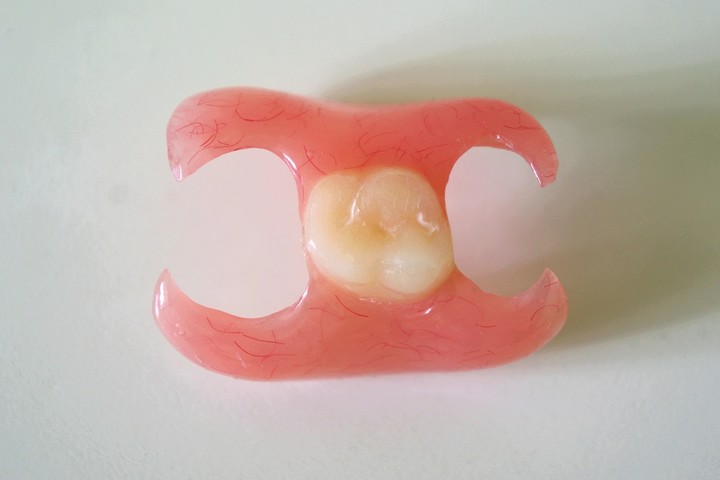
The flipper is a temporary fix you can use while pursuing a more permanent solution. It is a small, partial denture that flips in and out of position with its removable retainer and can be moulded to your upper or lower jaw, depending on where your missing teeth are.
It is the most affordable missing tooth option but is not very comfortable for the long term and will wear out over time. It doesn’t take long to make and will immediately fill the gap with a realistic-looking tooth for that natural appearance while helping support the surrounding teeth.
Type #3: Dentures
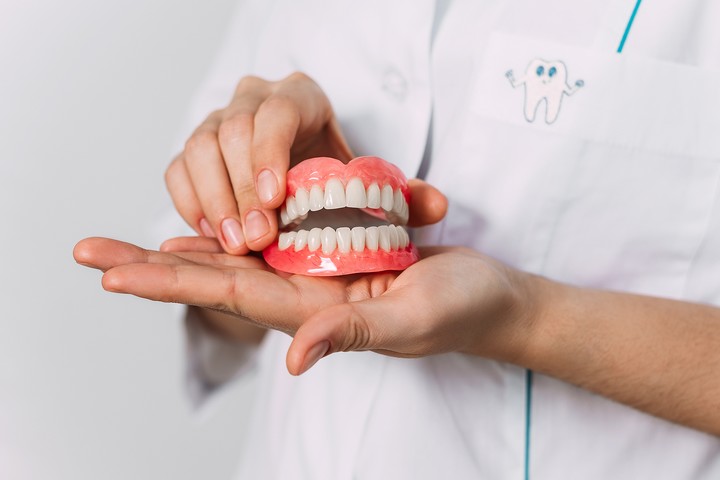
Dentures can be partial or complete apparatuses that fit into your mouth and support multiple teeth or missing sections. They allow you to chew and eat normally and give back that natural look you are after.
They can become painful over time and need to be cleaned and cared for so they last. A complete denture replaces most, if not all, of your teeth. They can’t be worn 24 hours a day because they are uncomfortable and shouldn’t be in a while sleeping. They are also prone to movement within your mouth. Additional teeth can be added to them if you lose more in the future, and they are fairly affordable compared to a bridge or implant.
Type #4: Bridge
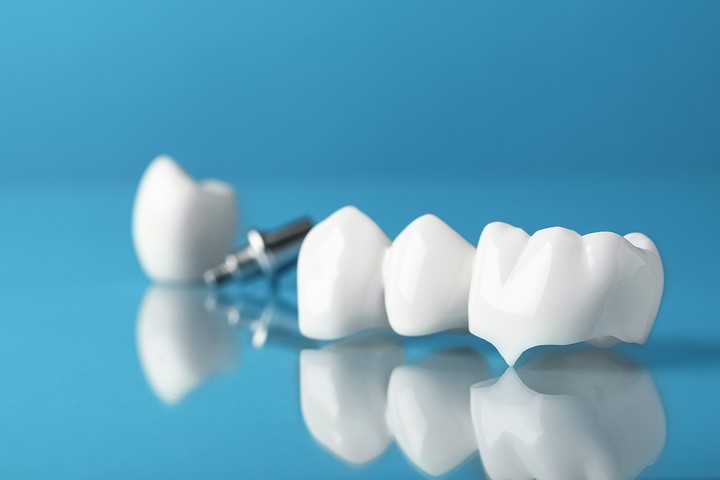
A bridge is a great option for a tooth replacement and works on multiple missing teeth in a row. It is a false tooth (Pontic) that is held in place by abutment teeth on either side, and there are a few different types of bridges:
- Resin Retained Bridge
- Tooth Supported Bridge
- Implant Supported Bridge
Type #5: Resin Retained Bridge
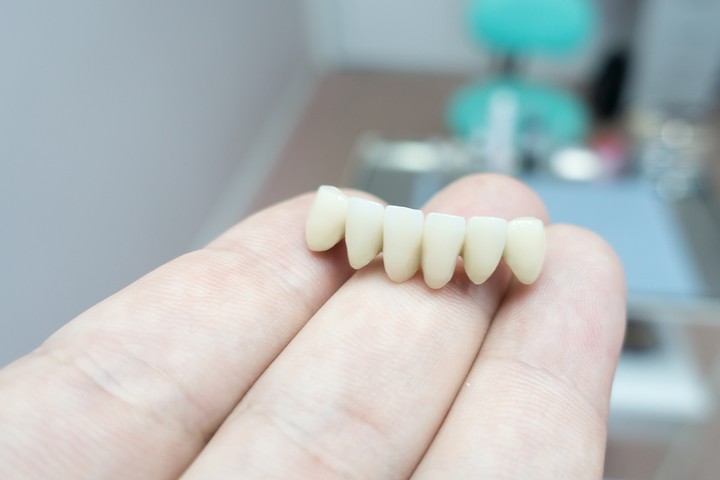
This type of bridge is for teeth not relied on for chewing, like the front teeth. The pontic is attached to the neighbouring teeth on each side with a wing extension and composite resin cement.
Type 6: Tooth Supported Bridge
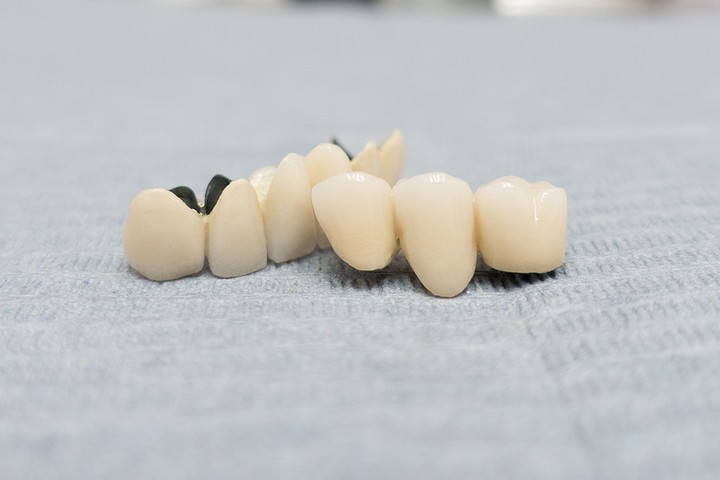
A tooth-supported bridge uses abutment teeth on another side of the gap and has dental crowns cemented to hold the bridge across. This is the most common type of bridge and takes only a few visits to the dentist.
Variations of this are:
- Cantilever Dental Bridge: This is where the pontic is connected by only one abutment tooth with a crown and cantilevers over into the gap.
- Maryland Dental Bridge: With this bridge, instead of using crowns on the abutment teeth, there is a metal or porcelain framework at the back to hold the bridge in place.
Type #7: Implant Supported Bridge
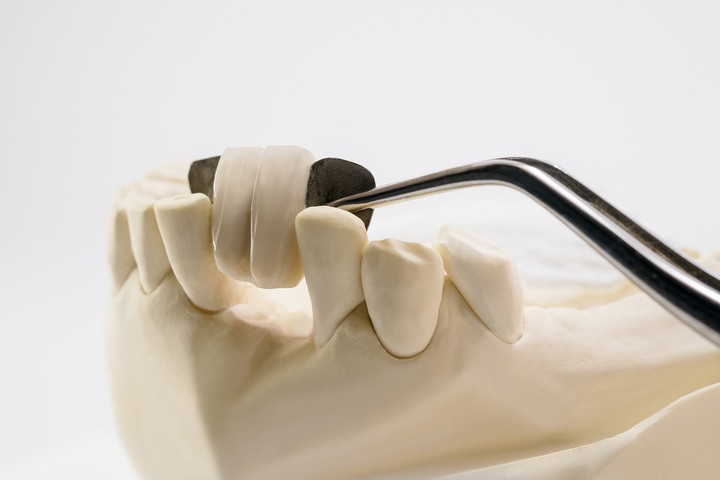
An implant-supported bridge requires dental implants instead of crowns and works for multiple missing teeth. Instead of every missing tooth replaced by an implant, only the two ends are put in with a pontic suspended in the middle.



